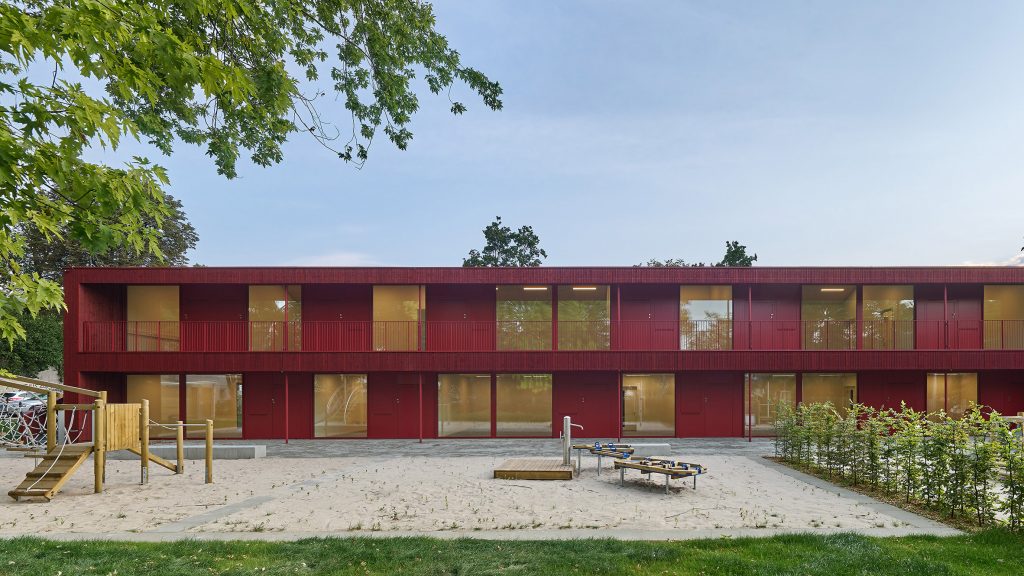
Because spring was late in many places this year, it is likely that most Iris bloom will be crowded into June, except in the South. This will be the case for all types of Iris except the dwarfs and early intermediate bearded Irises whose blossoms will have passed.
Early this month, Iris fanciers may enjoy the gorgeous blossoms of new tall bearded varieties as well as the Siberians which have been greatly improved in recent years. These are followed shortly by the lovely graceful flowers of such beardless types as the Southern species hybrids and spurias. At the end of June the imposing Japanese Iris will command attention everywhere.
Moving Irises now
Fortunately, not much cultural activity is necessary during flowering time. This gives the Iris gardener an opportunity to enjoy the results of his labors and also a chance to visit other people’s gardens and commercial plantings. There, one can note the latest novelties and select varieties to be added to the home collection. If desired, plants can be dug at a nursery while in bloom, taken home, and planted immediately. This can be done without any appreciable harm to the plant, though of course, it is better to wait until the rhizomes have matured in July before lifting and planting.
Cut flower stalks close
As soon as Irises have finished blooming, no matter what type, cut off the flower stalk close to the ground-flush with the top of the rhizome in the case of bearded Iris. This allows more air and light to penetrate into the clump and helps to maintain it in a healthy condition. Likewise, when cutting Iris for home decoration, cut the stalk off close to the ground instead of snipping off sections of the stem near the top. Stems can always be shortened before being arranged.
In June, especially during hot wet spells, watch closely for evidences of rhizome rot, the foul smelling bacterial decay of the root, described last month. Operate on the rhizome, drastically if necessary, to remove all decayed portions and then smear the wound with sulfur or copper carbonate. If the rot has affected several rhizomes in a group, lift the entire clump and replant only the sound rhizomes after letting them dry thoroughly out of the ground for several days.
Any Iris borers that escaped attention in May will by now have penetrated the rhizome and have become sizable worms. There is no choice but to dig up and discard rhizomes thus attacked, otherwise the injury caused by the borer is very likely to bring on rot and cause worse havoc later on.
Thrips and leaf spot
An occasional dusting of Iris plants with sulfur-rotenone in June will help forestall leaf spot on bearded Iris and keep in check any Iris thrips which may be harbored on the leaves of Japanese Iris. On the latter, thrips if prevalent may prevent the blossoms from opening in a normal fashion and the otherwise gorgeous blooms may be much deformed due to the insidious activities of this tiny insect, much the same as with Gladiolus.
With all these admonitions I do not wish to create the impression that Irises are usually plagued with diseases and insects when in fact they are remarkably free of them. However, as the old saying goes, “An ounce of prevention is worth a pound of cure.”
By F. W. Cassebeer











